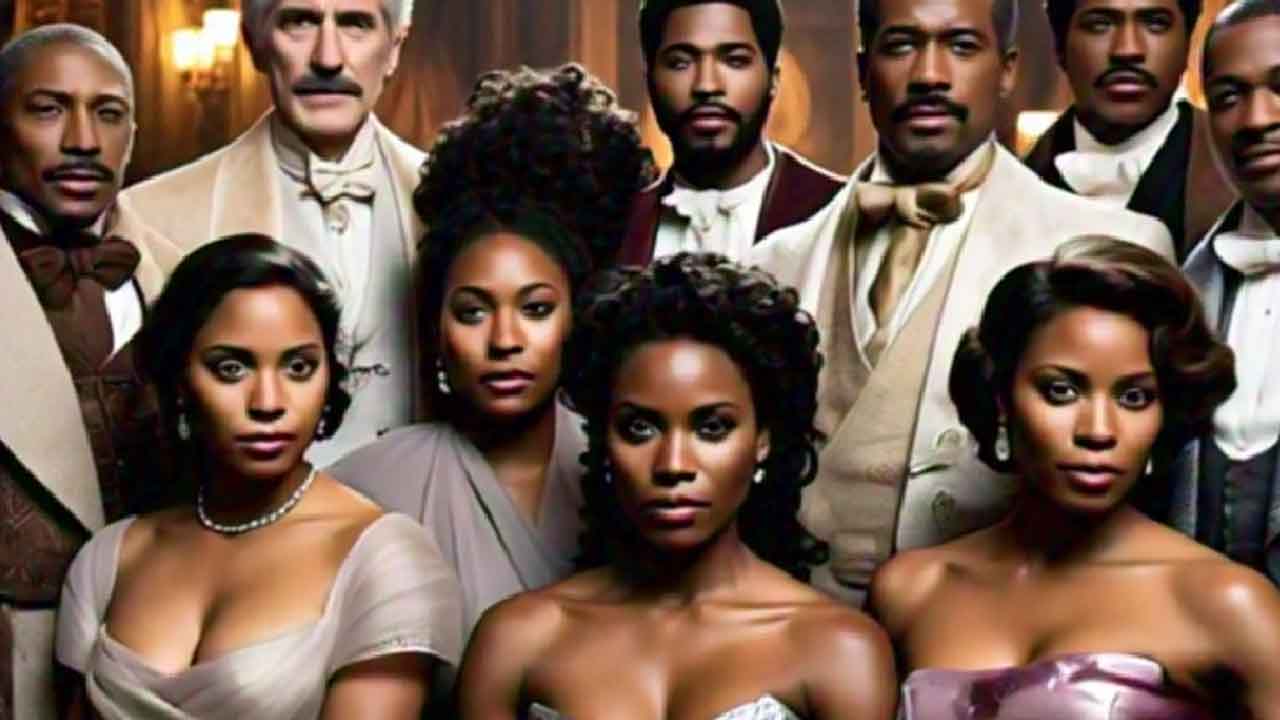
Shahid Online – The rise of diversity and inclusion in the film industry has become a defining trend of recent years. Both in front of and behind the camera, there is a growing movement to ensure that films represent a wide array of voices, experiences, and perspectives. This shift is not just about promoting equality but also about making good business sense. Studies show that films with diverse casts tend to perform better at the box office, appealing to a broader audience and fostering a more inclusive narrative in the media.
The rise of diversity has been particularly notable in terms of on-screen representation. In the past, mainstream films often relied on limited character portrayals, leaving many communities underrepresented. Today, however, films are increasingly reflecting a broader spectrum of identities, including racial, ethnic, gender, and cultural diversity. This shift is more than just a trend; it is a direct response to audience demand for content that mirrors the reality of modern society. As diverse audiences seek stories that resonate with their own experiences, film studios are recognizing the importance of inclusivity in both storytelling and casting choices.
This growing focus on representation not only opens the door for marginalized communities to see themselves on screen but also allows for more authentic and nuanced portrayals of diverse cultures and experiences. Films like Black Panther, Crazy Rich Asians, and The Farewell have demonstrated that diverse narratives not only matter but also have the power to break box office records.
“Arnott Launches New Flavor: Hot Chips & Sauce!”
The rise of diversity is also driven by the recognition that films with diverse casts and storylines are good for business. A 2019 study by the Annenberg Inclusion Initiative found that films with diverse casts consistently performed better in terms of box office returns and critical reception. This is especially true when the storylines reflect the values and experiences of a broader range of viewers. By embracing diversity. The film industry taps into an untapped market of global audiences who crave stories that speak to their realities.
Moreover, the rise of streaming platforms has provided more opportunities for films with diverse voices to thrive. Platforms like Netflix, Amazon Prime, and Disney+ are investing heavily in content that reflects the diverse world we live in. These platforms are not only responding to consumer demand but also helping to drive the success of films that might have previously struggled to find an audience in traditional cinema.
The rise of diversity and inclusion isn’t limited to what audiences see on screen. It’s also having a profound impact behind the scenes. Historically, the film industry has been dominated by a homogenous group of creators. With women and people of color often excluded from key roles. However, there has been a significant push to diversify the ranks of directors, producers, writers, and crew members.
Initiatives like the #OscarsSoWhite movement and the continued efforts of organizations like Women in Film have brought. Attention to the need for greater representation in the industry’s decision-making spaces. Today, more women and people of color are taking on leadership roles in film production. Creating opportunities for stories that reflect their unique perspectives. As more diverse voices contribute to the creation of films, the stories being told are more varied, complex, and inclusive.
The rise of diversity and inclusion in the film industry is not just a cultural shift. But also a significant economic opportunity. As films continue to reflect the rich diversity of society, both in front of and behind the camera. The industry stands to benefit from a more engaged and enthusiastic global audience. The focus on inclusivity is reshaping how films are made, marketed, and consumed. Promising a future where diversity is no longer a trend but a standard in cinema.
“Plane Skids Off Runway at Southwest Oregon Airport”